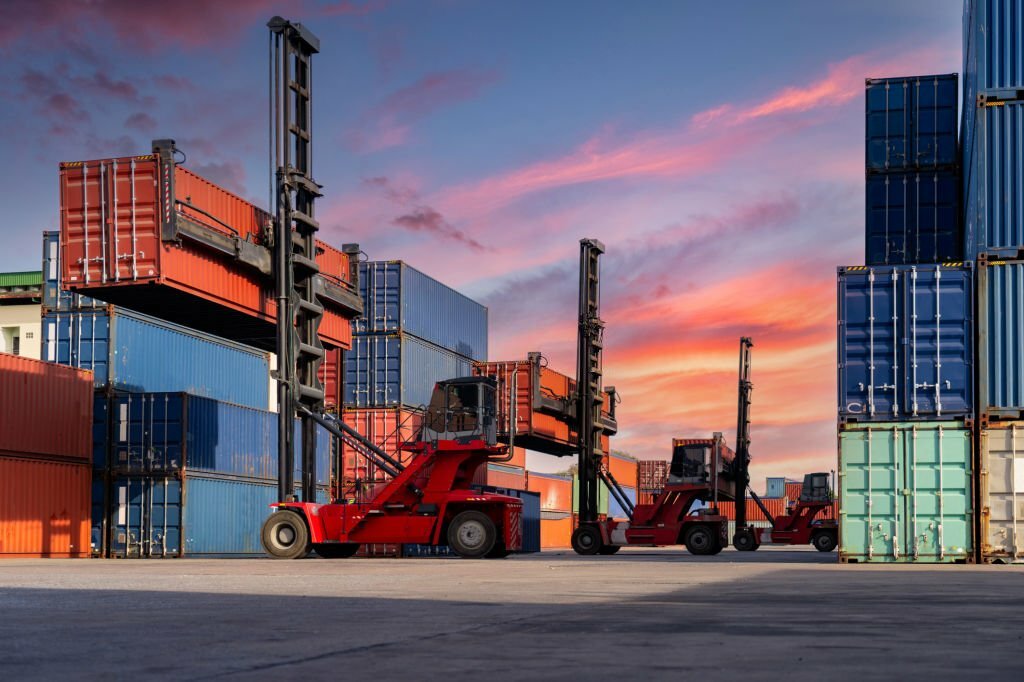Understanding the Importance of Drayage in Logistics and Truck Transportation
Drayage plays a critical role in the logistics and truck transportation industry, facilitating the movement of freight between various transportation modes. Understanding the significance of drayage is essential for efficient supply chain management and smooth cargo movement. This article aims to delve into the importance of drayage in logistics and its role in truck transportation.
Defining Drayage
Drayage, commonly associated with intermodal transport, refers to the process of transporting goods over short distances. It involves the movement of freight between ports, rail yards, warehouses, and other transportation hubs using drayage trucks. Drayage services are integral to the smooth functioning of the supply chain, ensuring timely and efficient cargo delivery.
Importance of Drayage in Logistics
Drayage is a crucial component of the logistics industry, serving as the first link in the intermodal unit movement. It plays a vital role in ensuring that the first domino doesn’t fall, signifying the significance of drayage in the overall cargo transportation process. Within the metropolitan area, drayage services are essential for the movement of intermodal containers, contributing to the seamless flow of goods within the supply chain.
Role Drayage Plays in Truck Transportation
Drayage is fundamental in connecting different modes of transportation, facilitating the movement of cargo between ports, rail hubs, and warehouses. It enables trucking companies to efficiently move cargo from the port of arrival to its destination, making it an integral part of the intermodal transport process. Drayage also encompasses various types of services, including expedited drayage, shuttle drayage, and intra-carrier drayage, catering to diverse logistical needs.
Types of Drayage
In the realm of drayage, there are different types of services that cater to specific transportation needs. Drayage services encompass a wide range of activities, including shuttle drayage, expedited drayage, and intra-carrier drayage. These services facilitate the swift movement of goods over short distances, ensuring the efficient transfer of cargo between various transportation hubs.
Container Drayage
Container drayage is a specialized form of drayage service that specifically deals with the movement of containers, often seen at ports and rail hubs. It plays a crucial role in the movement of an intermodal unit, ensuring that the container arrives at its destination in a timely manner. Container drayage is a vital component in the logistics and truck transportation industry, contributing to the efficient flow of cargo within the supply chain.
Six Types of Drayage
There are six primary types of drayage services, each serving a distinct purpose in the transportation process. These include shuttle drayage, pier drayage, expedited drayage, intra-carrier drayage, inter-carrier drayage, and rail drayage. Each type of drayage service caters to specific logistical requirements, showcasing the versatility and adaptability of drayage in meeting diverse transportation needs within the supply chain.
Drayage in Supply Chain Management
Drayage is an integral part of intermodal transportation and plays a crucial role in the seamless movement of freight. It involves the short-distance transportation of goods between various transportation hubs, including ports, rail yards, and warehouses. Drayage services ensure the efficient transfer of cargo, contributing to the smooth flow of goods within the supply chain.
Drayage’s Role in Freight and Shipping
Drayage is essential for connecting different modes of transportation, enabling the movement of cargo between ports, rail hubs, and warehouses. It is a fundamental component in the transportation process, facilitating the efficient delivery of goods from the port of arrival to their final destinations. Drayage services encompass various types, including shuttle drayage, expedited drayage, and intra-carrier drayage, catering to diverse logistical requirements.
How Drayage Plays a Vital Role in Supply Chain Efficiency
Drayage plays a critical role in ensuring supply chain efficiency by enabling the seamless movement of cargo within the metropolitan area and beyond. It serves as the first link in the intermodal unit movement, ensuring that goods are transported between different transportation hubs in a timely and efficient manner. Drayage services contribute to the overall efficiency and reliability of the supply chain, facilitating the smooth flow of goods from origin to destination.
Comparing Drayage and Other Logistics Services
Difference Between Drayage and Traditional Trucking Services
Unlike traditional trucking services, which typically involve long-haul transportation, drayage focuses on the short-distance movement of goods between various transportation hubs. Drayage services are vital for connecting different modes of transportation and ensuring the efficient transfer of cargo within urban areas and port facilities.
Drayage vs. Other Modes of Transportation
Drayage stands out from other modes of transportation due to its specialized focus on short-distance cargo movement. Unlike long-haul trucking or rail transportation, drayage services are specifically tailored to facilitate the swift and efficient transfer of goods within port facilities, rail yards, and warehouses.
Drayage and the Role of Logistics Providers
Logistics providers play a key role in facilitating drayage services, ensuring the efficient movement of cargo between different transportation hubs. By leveraging drayage services, logistics providers contribute to the seamless flow of goods within the supply chain, supporting timely delivery and supply chain reliability.
